David Wang
DPQ-HD: Post-Training Compression for Ultra-Low Power Hyperdimensional Computing
May 08, 2025Abstract:Hyperdimensional Computing (HDC) is emerging as a promising approach for edge AI, offering a balance between accuracy and efficiency. However, current HDC-based applications often rely on high-precision models and/or encoding matrices to achieve competitive performance, which imposes significant computational and memory demands, especially for ultra-low power devices. While recent efforts use techniques like precision reduction and pruning to increase the efficiency, most require retraining to maintain performance, making them expensive and impractical. To address this issue, we propose a novel Post Training Compression algorithm, Decomposition-Pruning-Quantization (DPQ-HD), which aims at compressing the end-to-end HDC system, achieving near floating point performance without the need of retraining. DPQ-HD reduces computational and memory overhead by uniquely combining the above three compression techniques and efficiently adapts to hardware constraints. Additionally, we introduce an energy-efficient inference approach that progressively evaluates similarity scores such as cosine similarity and performs early exit to reduce the computation, accelerating prediction inference while maintaining accuracy. We demonstrate that DPQ-HD achieves up to 20-100x reduction in memory for image and graph classification tasks with only a 1-2% drop in accuracy compared to uncompressed workloads. Lastly, we show that DPQ-HD outperforms the existing post-training compression methods and performs better or at par with retraining-based state-of-the-art techniques, requiring significantly less overall optimization time (up to 100x) and faster inference (up to 56x) on a microcontroller
Material Identification Via RFID For Smart Shopping
Apr 24, 2025Abstract:Cashierless stores rely on computer vision and RFID tags to associate shoppers with items, but concealed items placed in backpacks, pockets, or bags create challenges for theft prevention. We introduce a system that turns existing RFID tagged items into material sensors by exploiting how different containers attenuate and scatter RF signals. Using RSSI and phase angle, we trained a neural network to classify seven common containers. In a simulated retail environment, the model achieves 89% accuracy with one second samples and 74% accuracy from single reads. Incorporating distance measurements, our system achieves 82% accuracy across 0.3-2m tag to reader separations. When deployed at aisle or doorway choke points, the system can flag suspicious events in real time, prompting camera screening or staff intervention. By combining material identification with computer vision tracking, our system provides proactive loss prevention for cashierless retail while utilizing existing infrastructure.
A Survey of Challenges and Sensing Technologies in Autonomous Retail Systems
Mar 11, 2025Abstract:Autonomous stores leverage advanced sensing technologies to enable cashier-less shopping, real-time inventory tracking, and seamless customer interactions. However, these systems face significant challenges, including occlusion in vision-based tracking, scalability of sensor deployment, theft prevention, and real-time data processing. To address these issues, researchers have explored multi-modal sensing approaches, integrating computer vision, RFID, weight sensing, vibration-based detection, and LiDAR to enhance accuracy and efficiency. This survey provides a comprehensive review of sensing technologies used in autonomous retail environments, highlighting their strengths, limitations, and integration strategies. We categorize existing solutions across inventory tracking, environmental monitoring, people-tracking, and theft detection, discussing key challenges and emerging trends. Finally, we outline future directions for scalable, cost-efficient, and privacy-conscious autonomous store systems.
Liberal Entity Matching as a Compound AI Toolchain
Jun 17, 2024Abstract:Entity matching (EM), the task of identifying whether two descriptions refer to the same entity, is essential in data management. Traditional methods have evolved from rule-based to AI-driven approaches, yet current techniques using large language models (LLMs) often fall short due to their reliance on static knowledge and rigid, predefined prompts. In this paper, we introduce Libem, a compound AI system designed to address these limitations by incorporating a flexible, tool-oriented approach. Libem supports entity matching through dynamic tool use, self-refinement, and optimization, allowing it to adapt and refine its process based on the dataset and performance metrics. Unlike traditional solo-AI EM systems, which often suffer from a lack of modularity that hinders iterative design improvements and system optimization, Libem offers a composable and reusable toolchain. This approach aims to contribute to ongoing discussions and developments in AI-driven data management.
MAF: Multi-Aspect Feedback for Improving Reasoning in Large Language Models
Oct 19, 2023Abstract:Language Models (LMs) have shown impressive performance in various natural language tasks. However, when it comes to natural language reasoning, LMs still face challenges such as hallucination, generating incorrect intermediate reasoning steps, and making mathematical errors. Recent research has focused on enhancing LMs through self-improvement using feedback. Nevertheless, existing approaches relying on a single generic feedback source fail to address the diverse error types found in LM-generated reasoning chains. In this work, we propose Multi-Aspect Feedback, an iterative refinement framework that integrates multiple feedback modules, including frozen LMs and external tools, each focusing on a specific error category. Our experimental results demonstrate the efficacy of our approach to addressing several errors in the LM-generated reasoning chain and thus improving the overall performance of an LM in several reasoning tasks. We see a relative improvement of up to 20% in Mathematical Reasoning and up to 18% in Logical Entailment.
SK-Net: Deep Learning on Point Cloud via End-to-end Discovery of Spatial Keypoints
Mar 31, 2020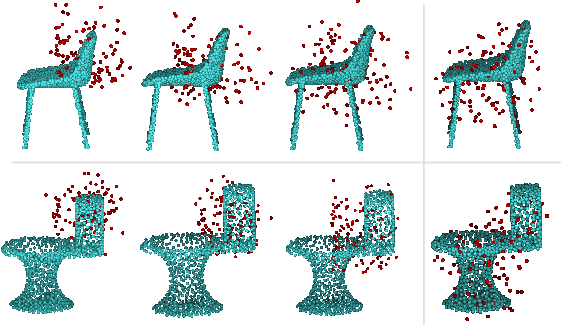
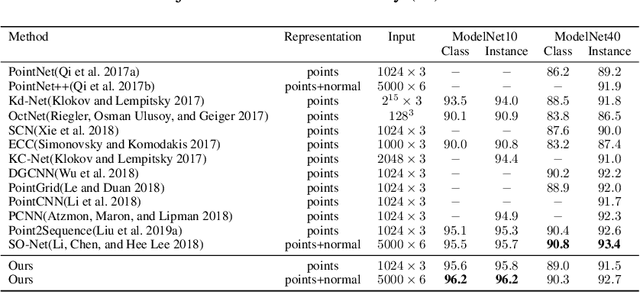
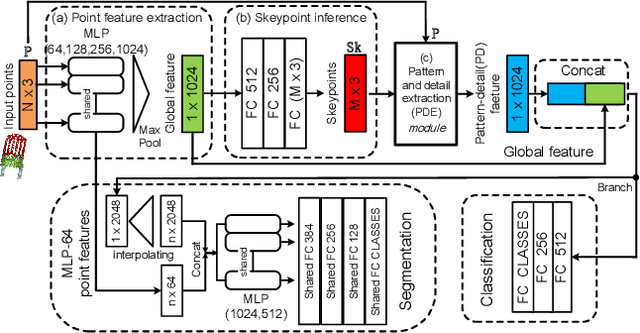

Abstract:Since the PointNet was proposed, deep learning on point cloud has been the concentration of intense 3D research. However, existing point-based methods usually are not adequate to extract the local features and the spatial pattern of a point cloud for further shape understanding. This paper presents an end-to-end framework, SK-Net, to jointly optimize the inference of spatial keypoint with the learning of feature representation of a point cloud for a specific point cloud task. One key process of SK-Net is the generation of spatial keypoints (Skeypoints). It is jointly conducted by two proposed regulating losses and a task objective function without knowledge of Skeypoint location annotations and proposals. Specifically, our Skeypoints are not sensitive to the location consistency but are acutely aware of shape. Another key process of SK-Net is the extraction of the local structure of Skeypoints (detail feature) and the local spatial pattern of normalized Skeypoints (pattern feature). This process generates a comprehensive representation, pattern-detail (PD) feature, which comprises the local detail information of a point cloud and reveals its spatial pattern through the part district reconstruction on normalized Skeypoints. Consequently, our network is prompted to effectively understand the correlation between different regions of a point cloud and integrate contextual information of the point cloud. In point cloud tasks, such as classification and segmentation, our proposed method performs better than or comparable with the state-of-the-art approaches. We also present an ablation study to demonstrate the advantages of SK-Net.
Efficiently Exploring Ordering Problems through Conflict-directed Search
Apr 15, 2019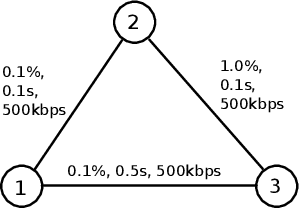

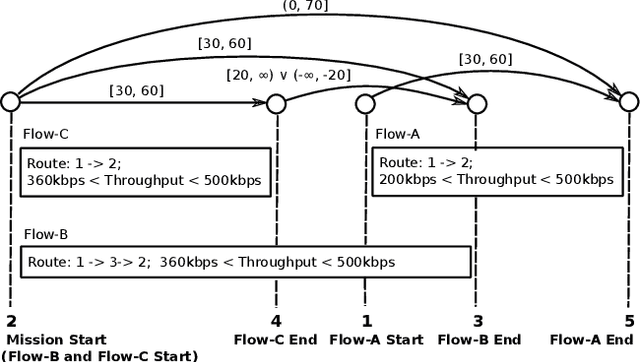
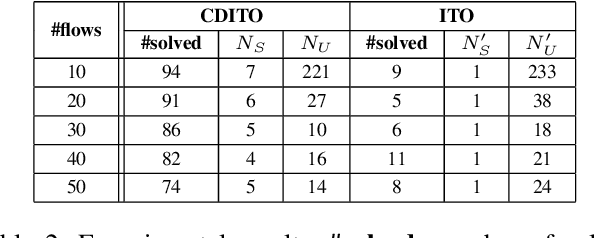
Abstract:In planning and scheduling, solving problems with both state and temporal constraints is hard since these constraints may be highly coupled. Judicious orderings of events enable solvers to efficiently make decisions over sequences of actions to satisfy complex hybrid specifications. The ordering problem is thus fundamental to planning. Promising recent works have explored the ordering problem as search, incorporating a special tree structure for efficiency. However, such approaches only reason over partial order specifications. Having observed that an ordering is inconsistent with respect to underlying constraints, prior works do not exploit the tree structure to efficiently generate orderings that resolve the inconsistency. In this paper, we present Conflict-directed Incremental Total Ordering (CDITO), a conflict-directed search method to incrementally and systematically generate event total orders given ordering relations and conflicts returned by sub-solvers. Due to its ability to reason over conflicts, CDITO is much more efficient than Incremental Total Ordering. We demonstrate this by benchmarking on temporal network configuration problems that involve routing network flows and allocating bandwidth resources over time.
Mechanical Search: Multi-Step Retrieval of a Target Object Occluded by Clutter
Mar 04, 2019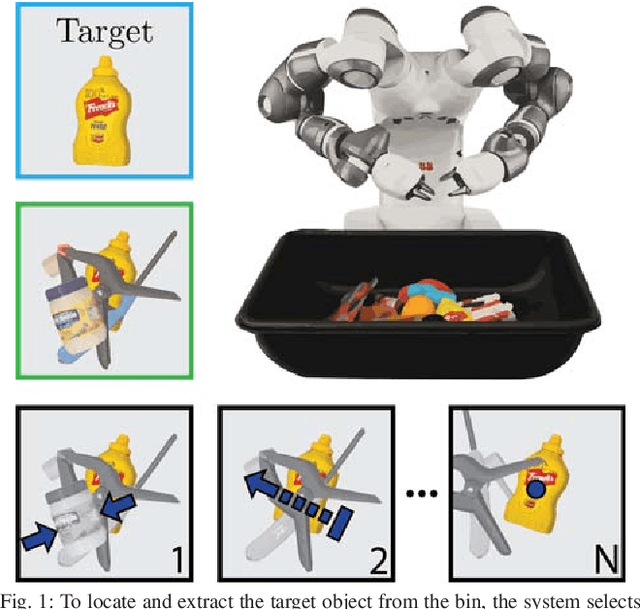

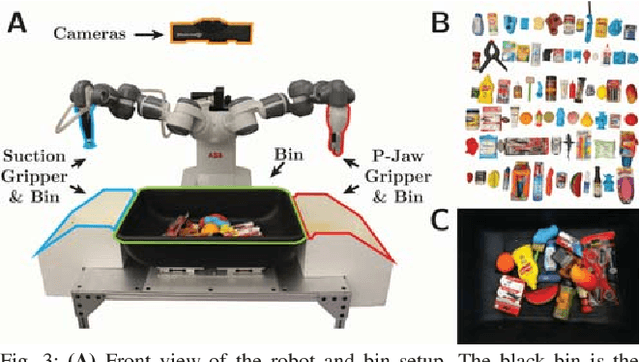

Abstract:When operating in unstructured environments such as warehouses, homes, and retail centers, robots are frequently required to interactively search for and retrieve specific objects from cluttered bins, shelves, or tables. Mechanical Search describes the class of tasks where the goal is to locate and extract a known target object. In this paper, we formalize Mechanical Search and study a version where distractor objects are heaped over the target object in a bin. The robot uses an RGBD perception system and control policies to iteratively select, parameterize, and perform one of 3 actions -- push, suction, grasp -- until the target object is extracted, or either a time limit is exceeded, or no high confidence push or grasp is available. We present a study of 5 algorithmic policies for mechanical search, with 15,000 simulated trials and 300 physical trials for heaps ranging from 10 to 20 objects. Results suggest that success can be achieved in this long-horizon task with algorithmic policies in over 95% of instances and that the number of actions required scales approximately linearly with the size of the heap. Code and supplementary material can be found at http://ai.stanford.edu/mech-search .
 Add to Chrome
Add to Chrome Add to Firefox
Add to Firefox Add to Edge
Add to Edge